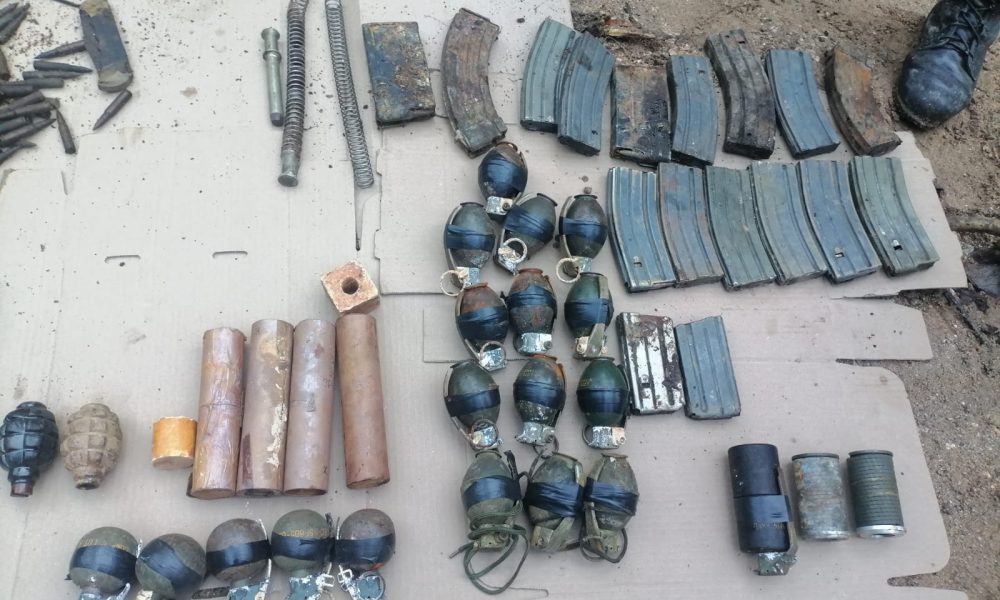In their latest study, INSEE estimates that one in four Occitanie residents live in an area exposed to the risk of flooding due to overflowing rivers. Among them: 10% of vulnerable people, children or the elderly. The Institute wants the awareness and training of the population in good reflexes. We explain to you who is most concerned and in which sectors.
Major casualties and damage: this is the finding made by INSEE in its latest analytical report dedicated to revealing risk of flooding in Occitania for 20 years. “Occitanie is the French region where the chronic costs of flood-related damage are the highest over the last two decades.” affirms the National Institute of Statistics and Economic Studies.
It emphasizes that 1.6 million people live in a risk zone, mainly in four regions: Aude, Gard, Hérault and Pyrénées-Orientales. This represents 27% of the total population of our area.
River overflows, sea inundation, overflow: there are several risks on 15% of our land, what INSEE calls the “estimated flood envelope” (EAIP). Area corresponding to the greatest expansion point in a flood and here is the map:
Particularly vulnerable to this risk: 160,000 elderly people and young childrendifficult to evacuate and who may not have the proper reflexes if water levels rise, due to their age.
In Occitania, 92,000 children under the age of 6 and 68,000 people over 85 live in areas exposed to the risk of rivers overflowing. The latter are more often victims of deadly floods.
INSEE analyzes Occitanie, October 2024
Shown in their homes, the youngest and the oldest are also exposed in the establishments that welcome them: nursing homes, nurseries, schools. According to INSEE, a third of nurseries and retirement homes are in risk zones. The proportion is the same for buildings welcoming disabled people.
In terms of housing, a third of the regional stock is at risk of flooding by overflowing rivers and 49% of these homes are apartments. Problem: a quarter of them are located on the ground floor, or 129,000 housing units. If bad weather occurs, they are the first to be affected. The same for 254,000 houses without a floor, or half of them in danger areas.
In Alès, after the historic floods of the Grabieux, a tributary of the Gardon, in 2002, 2014 and 2015, a “movement” program was launched by the authorities. The most open owners were offered to buy their houses, which were demolished. About fifteen of them have already suffered this fate, as shown in this report by Alexandre Rozga and Pascale Barbès.
Video length: 00h02mn06s
In Alès, after the historic floods of the Grabieux, a tributary of the Gardon, in 2002, 2014 and 2015, the most open houses were offered to redeem their houses, subject to demolition. About fifteen of them have fallen victim to this fate. A special “movement” program in France.
•
©Alexandre Rozga and Pascale Barbès, France 3 Occitanie
In this report, a mother explains that she rejected the price assessed by the Estates service, because she believes it is too low to be able to find new accommodation with the amount offered to buy her house. This is the other obstacle in avoiding risk areas: 20.8% of “the people who live in these lands are often poor” according to INSEE calculations.
The report also highlights that 32% of social housing in Occitanie is in the area of flood risk. And of the 138 passenger reception areas, 58 are open to water course overflow.
But the residents of our regions are not the only ones at risk: There are also 5 campsites and 4 hotels out of 10. However, tourists have less knowledge of the danger and the right reflexes to accept them. Regarding outdoor accommodation, the observation is clear: the coastal regions concentrate the risks. Therefore, 83% of places in the Pyrénées-Orientales, 75% of those in Gard and 64% in Hérault are affected.
In the event of severe weather, firefighters are on the front line to rescue victims. But they are also under threat: Of the 476 fire and rescue centers in Occitanie, 194 are in a flood zone. This is true for more than half of those in Aude, Hérault and Pyrénées-Orientales. The same for a third of the police stations and gendarmerie barracks in the area.
Finally, regarding the economic sector, a quarter of the 160,000 professional buildings that are flooded are located in Hérault. According to INSEE, 33% of Occitanie workers are exposed, ie 418,000 workers who may stop their activity in whole or in part in case of bad weather. In particular, almost half of the sites designated as “Seveso” are subject to flooding, ie 36 companies, 11 of which are in Gard.
Despite this view, INSEE calls for awareness and remembers the need to train citizens on the behaviors that should be taken in the event of an emergency. Because there is a risk that these phenomena will become worse under the influence of climate change.
2024-10-16 05:35:00
#CARDS #Figure #residents #exposed #risk #flooding #Occitanie
/regions/2024/10/15/carte-inondations2-670e7ae6bcdcc205967649.jpg)

